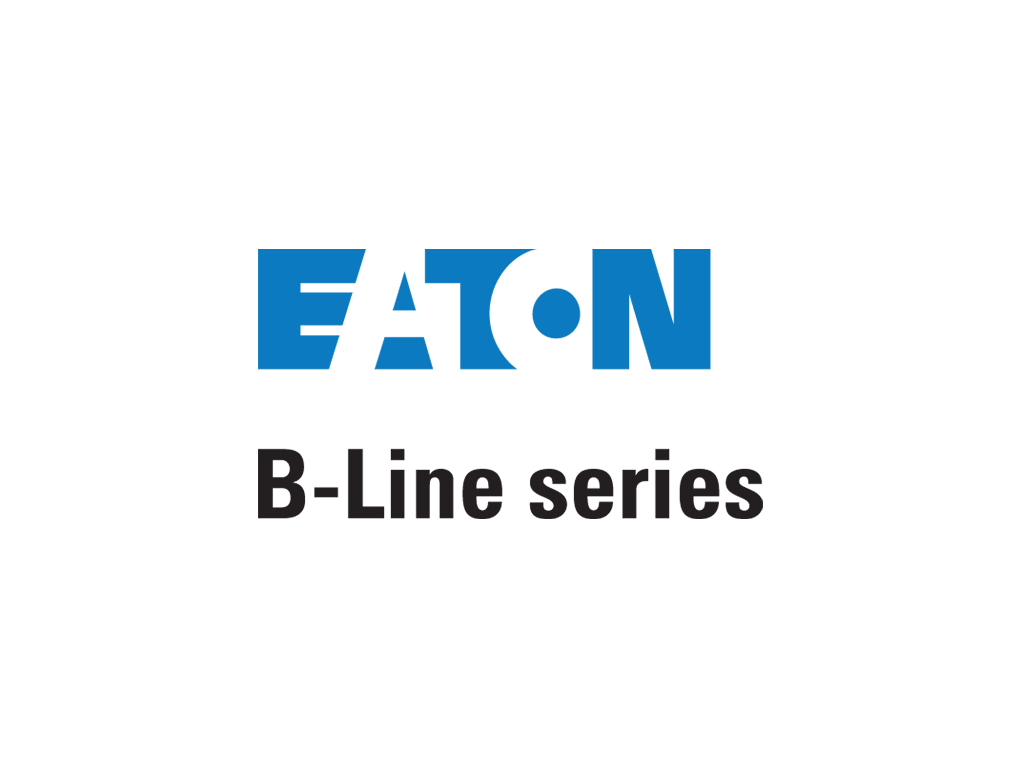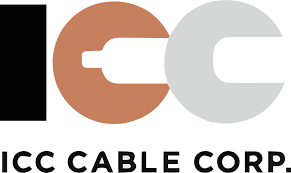Wire & Cable Basics
THHN vs XHHW-2: Understanding the Key Differences in Wire Insulation
Learn the key differences between THHN and XHHW-2 wire insulation, including how thermoplastic and thermoset compounds perform in heat, chemical exposure, and flexibility. Find out which wire is best for your next project.
When selecting wire for your next project, understanding the difference between XHHW-2 and THHN can make all the difference in safety, performance, and long-term reliability. Although both are common choices for single conductors, they’re built with entirely different insulation technologies — thermoset versus thermoplastic — each with its own strengths and weaknesses.
Thermoplastic Insulation: THHN/THWN-2
THHN/THWN-2 wire uses a thermoplastic insulation, typically PVC (Polyvinyl Chloride). Thermoplastic compounds soften when heated and harden when cooled, allowing them to be reshaped multiple times. While this makes them easier to manufacture, it also means they can remelt under high heat — which can create potential risks in demanding applications.
Advantages of Thermoplastic (THHN/THWN-2):
Lightweight and cost-effective
Commonly available and easy to strip or terminate
Ideal for general-purpose wiring in buildings and machinery
Limitations:
Thinner PVC insulation can lead to current leakage and dielectric breakdown in harsh environments
Less flexible at cold temperatures
Produces toxic smoke when burned
Less resistant to chemicals, moisture, and abrasion
Common Thermoplastic Compounds Include:
Polyvinyl Chloride (PVC)
Polyethylene (PE)
Polypropylene (PPE)
Thermoset Insulation: XHHW-2
XHHW-2 uses a thermoset insulation, typically XLPE (Crosslinked Polyethylene). During manufacturing, thermoset materials are cured in a chemical reaction that permanently bonds the molecular structure — meaning the insulation will not melt or deform under heat once set.
Advantages of Thermoset (XHHW-2):
Superior chemical, moisture, and abrasion resistance
Maintains flexibility in cold temperatures
Does not remelt under extreme heat
Produces less toxic smoke in case of fire
Ideal for industrial environments, underground installations, and tight conduit runs
Limitations:
Slightly heavier and more expensive to produce
May require more care when stripping or terminating
Common Thermoset Compounds Include:
Crosslinked Polyethylene (XLP/XLPE)
Neoprene
EPDM (Ethylene Propylene Diene Monomer)
CPE (Chlorinated Polyethylene)
Silicone Rubber
Key Takeaway: When to Choose XHHW-2 Over THHN
If you’re wiring an environment where heat, moisture, chemicals, or tight bends are part of the equation — XHHW-2’s thermoset insulation is the clear winner. For standard dry, indoor installations where cost and convenience matter most, THHN/THWN-2 remains a dependable and economical choice.
Both have their place — the key is matching the insulation type to the application demands and installation environment.
Need help deciding which is right for your project?
Our team stocks both THHN/THWN-2 and XHHW-2 in a wide range of gauges and colors, ready for quick delivery.
Contact us today for a quote or technical recommendation.

































